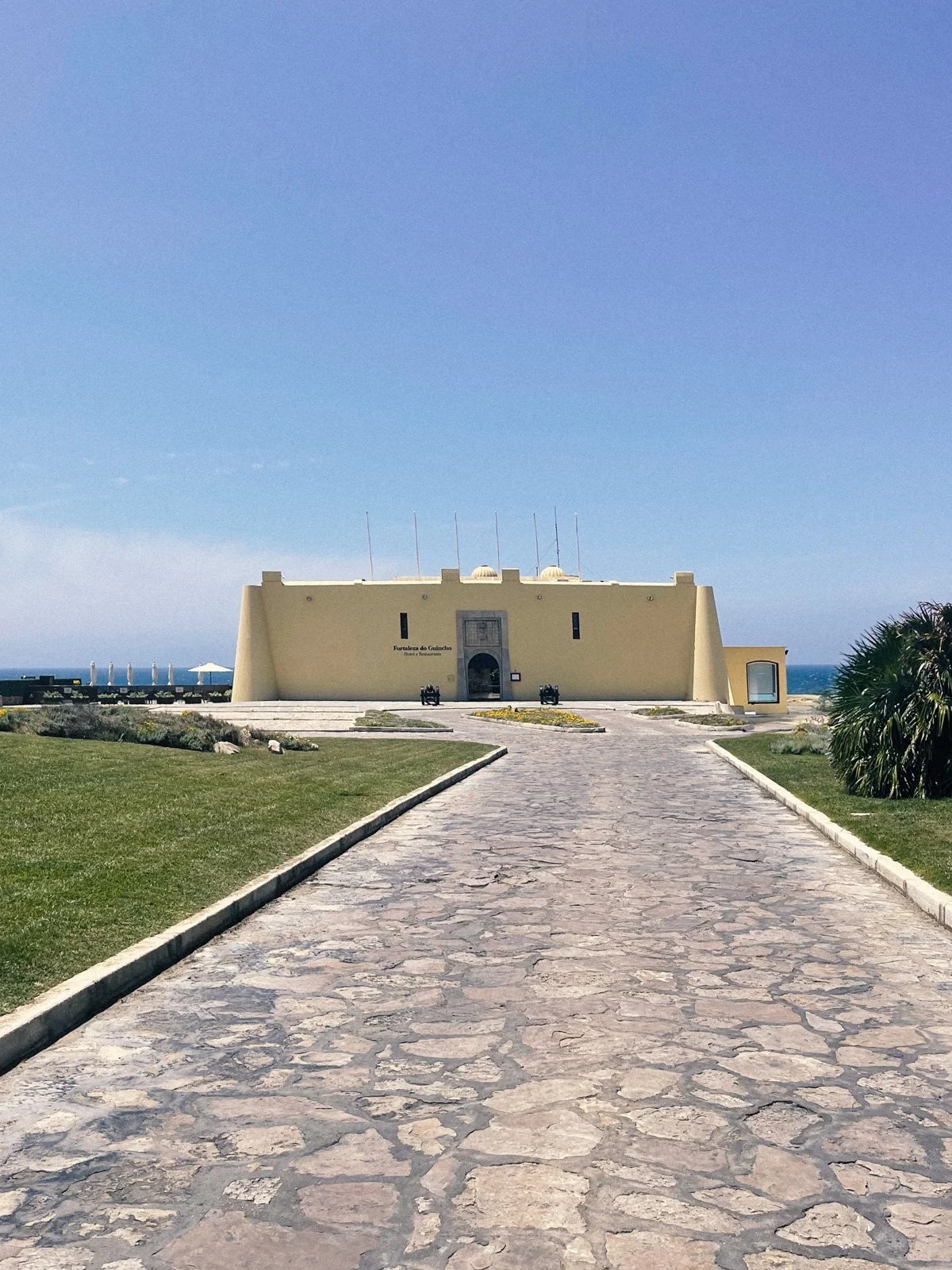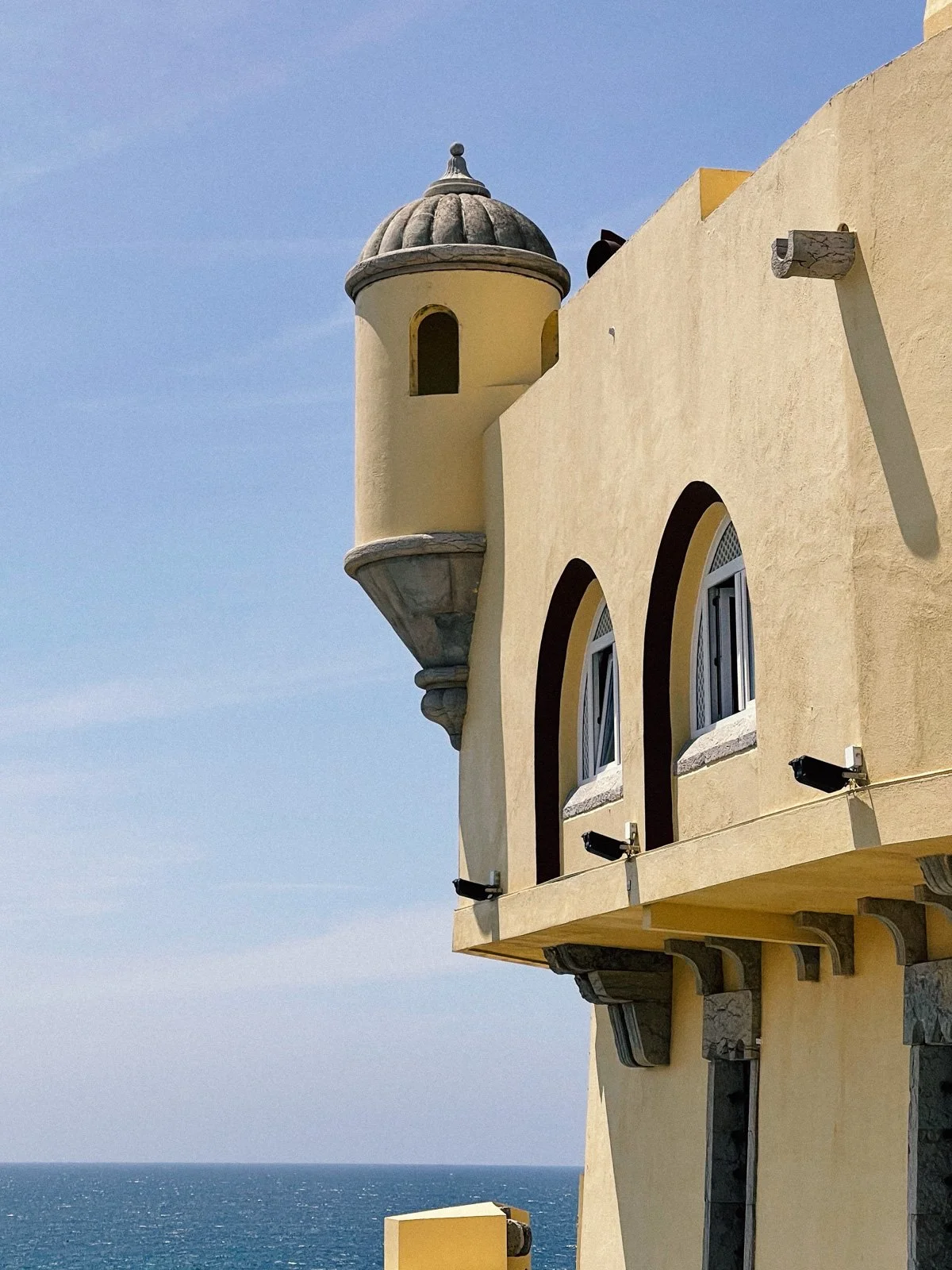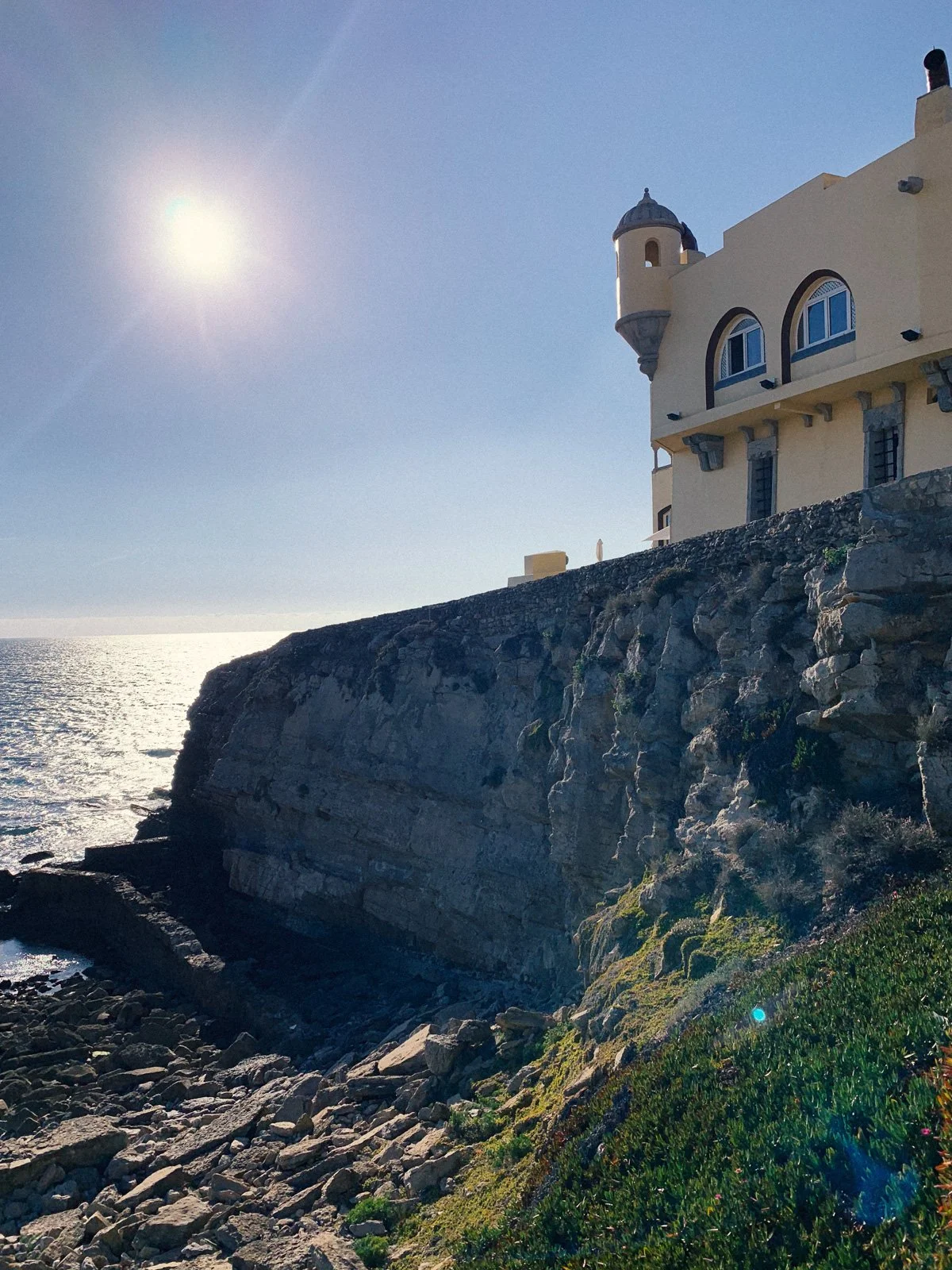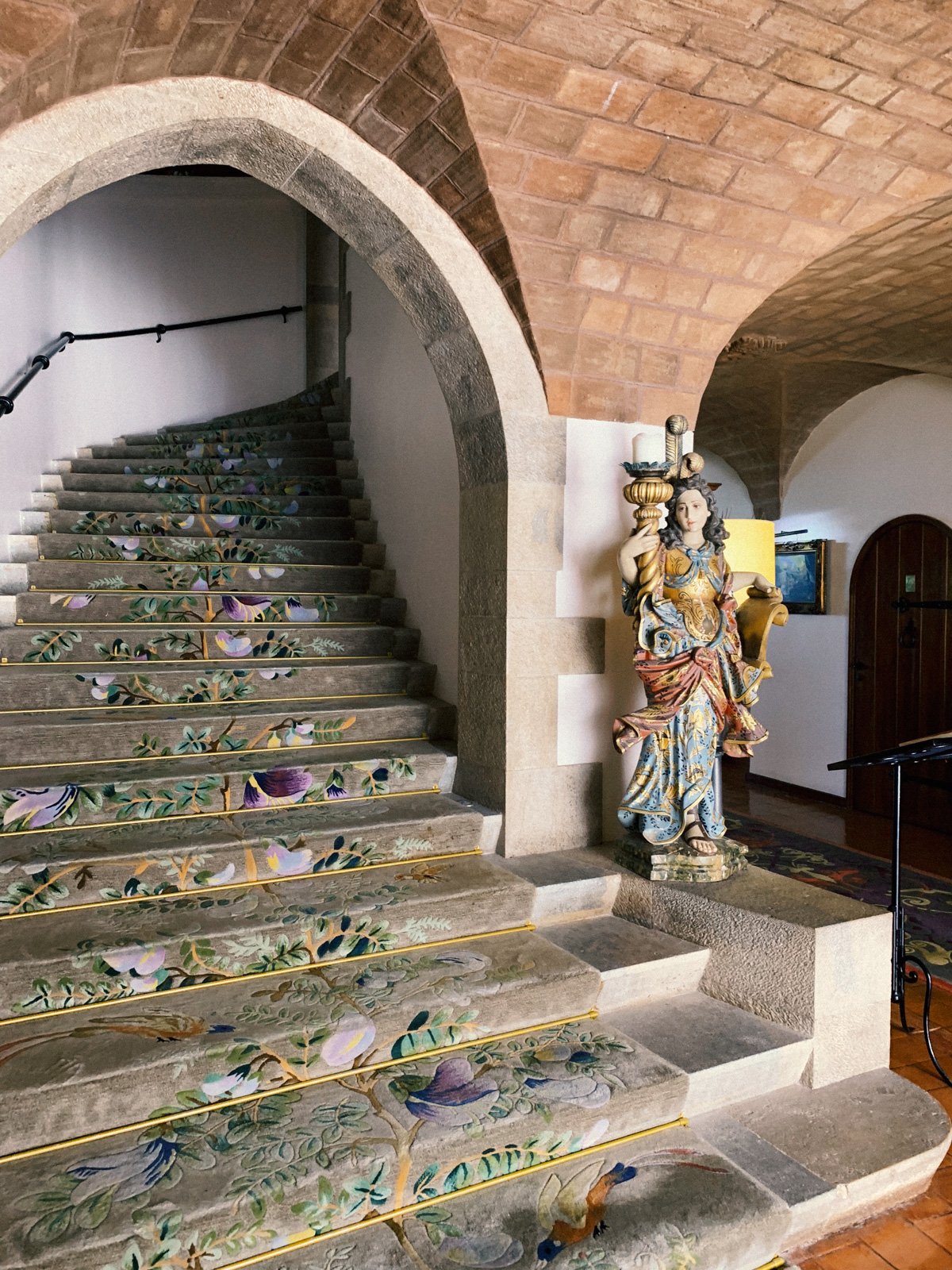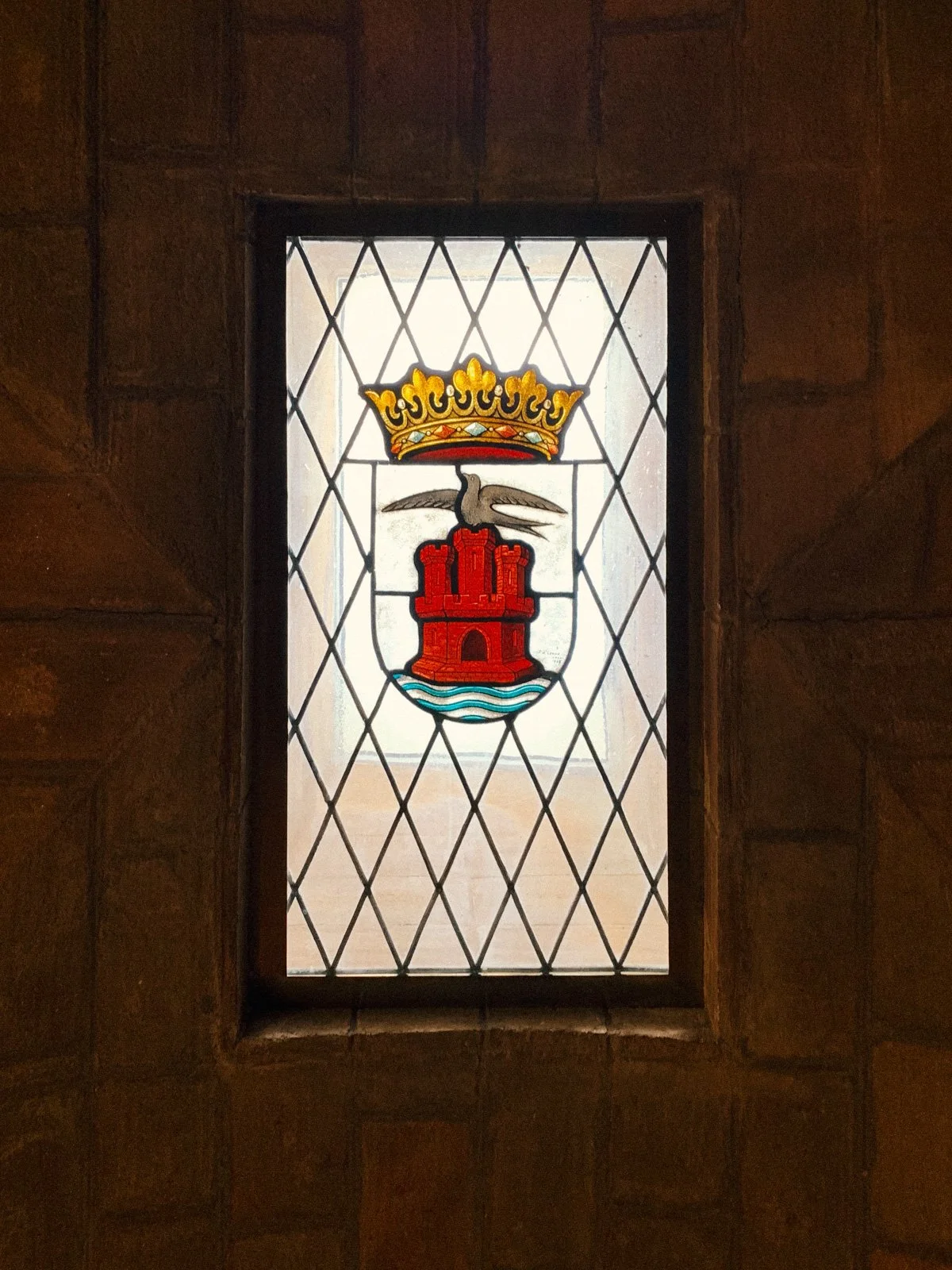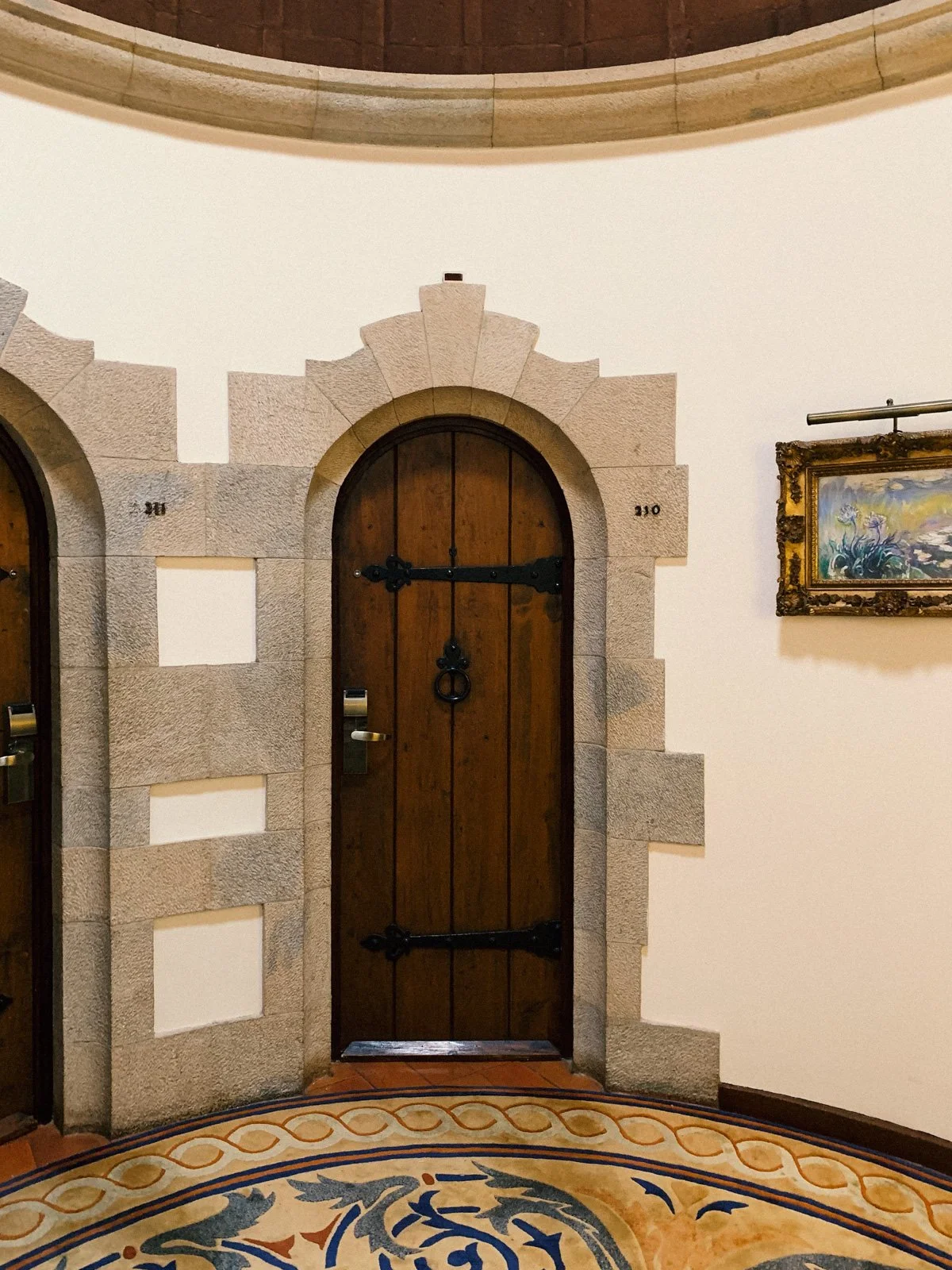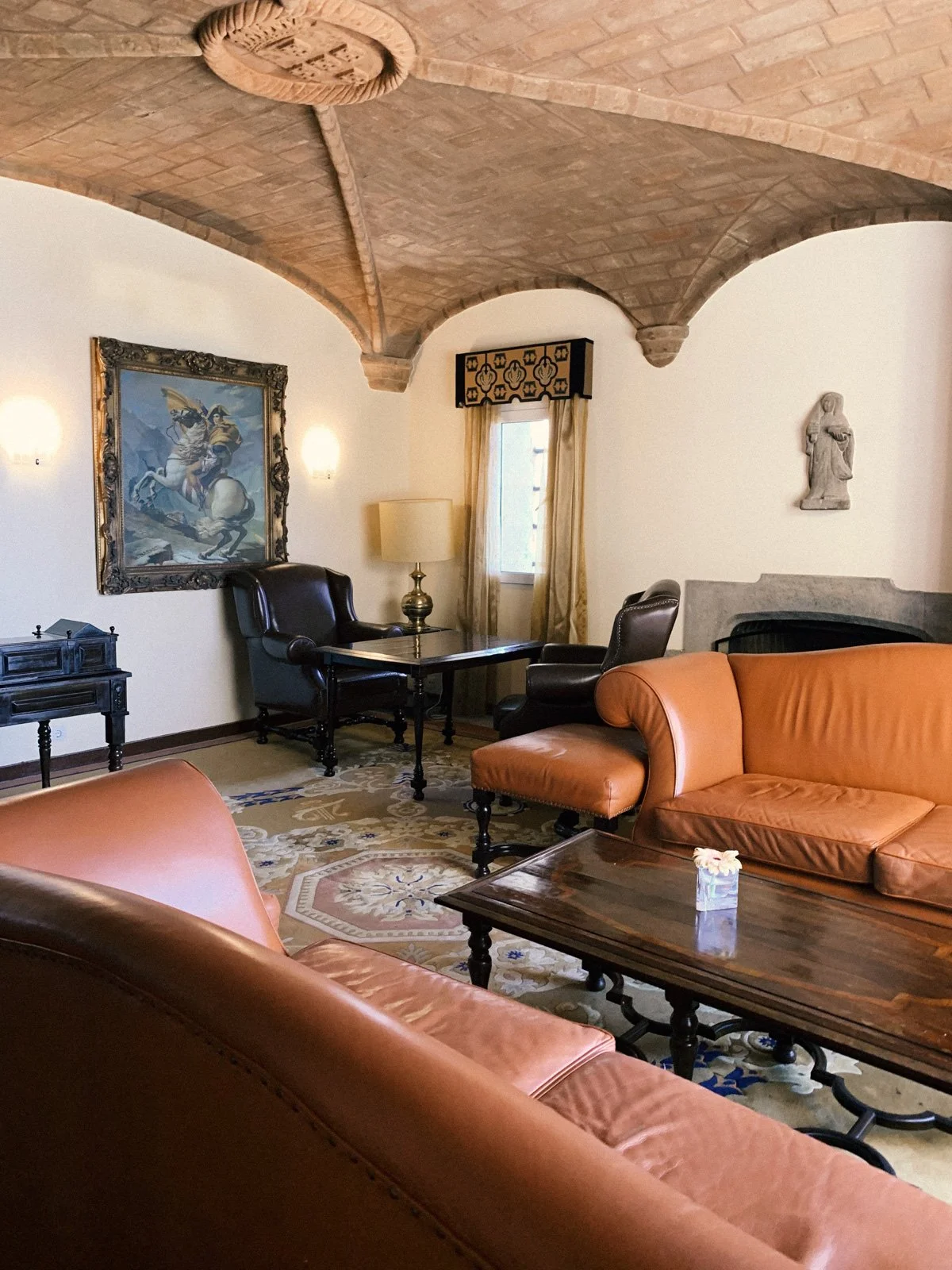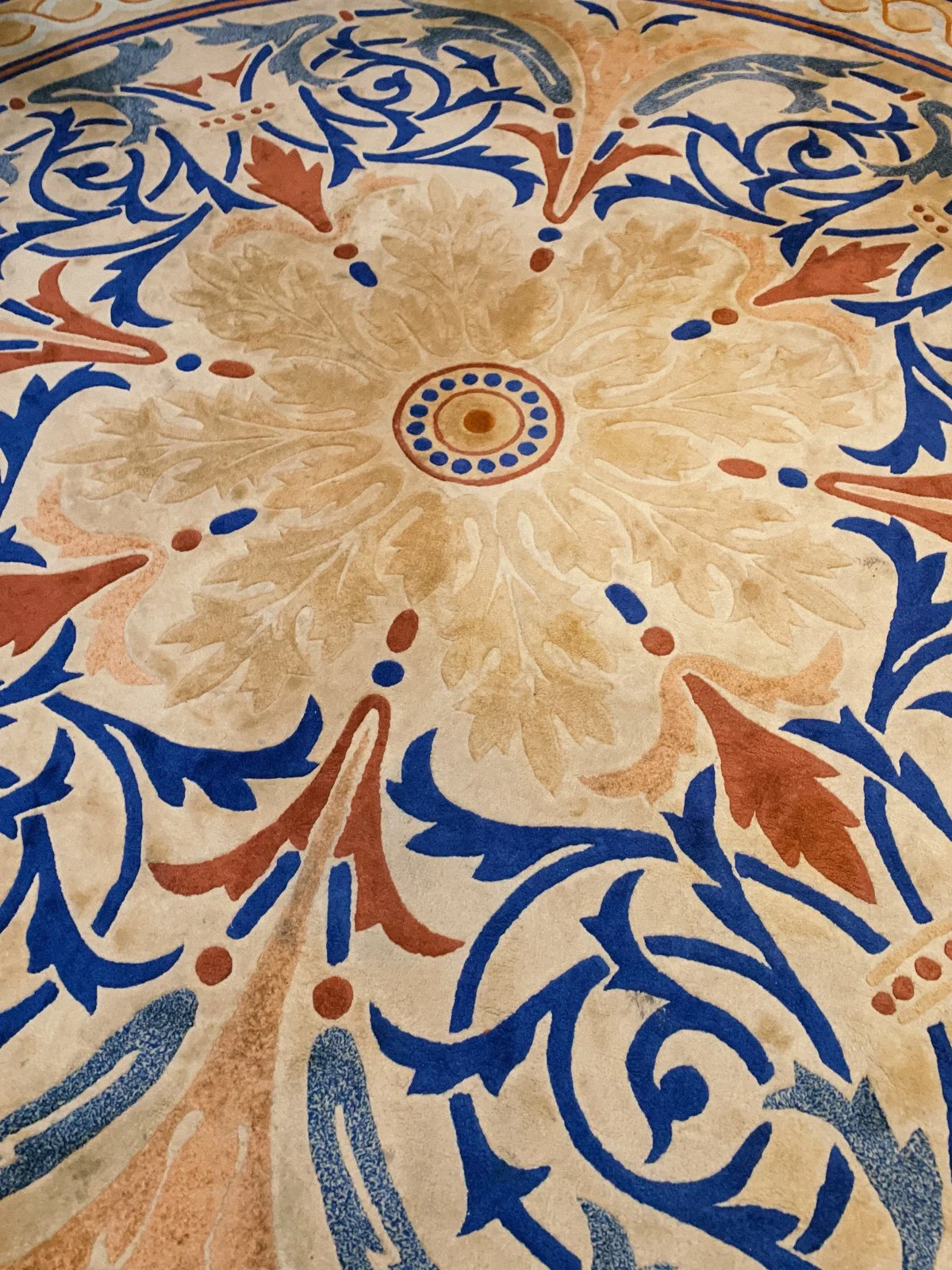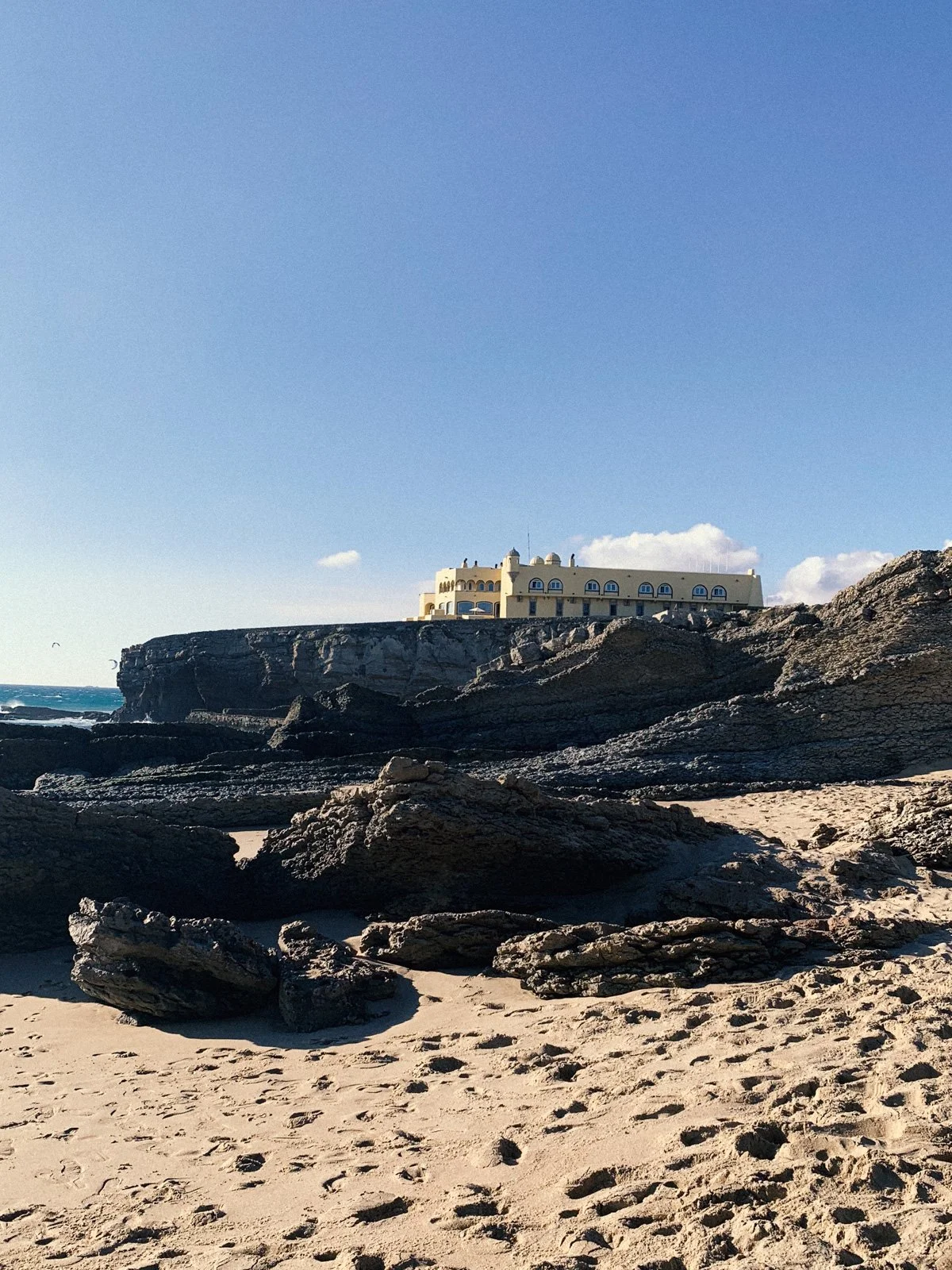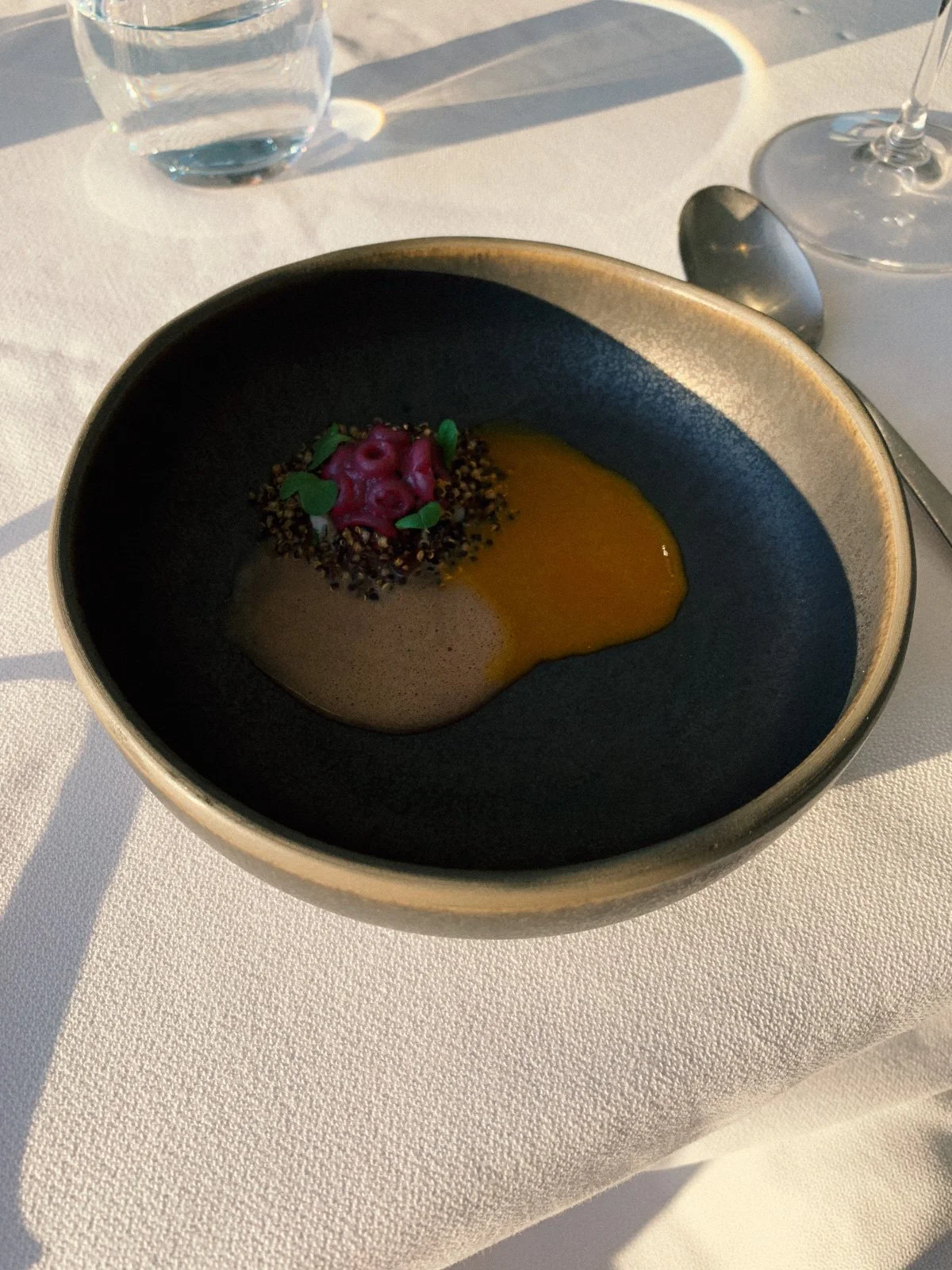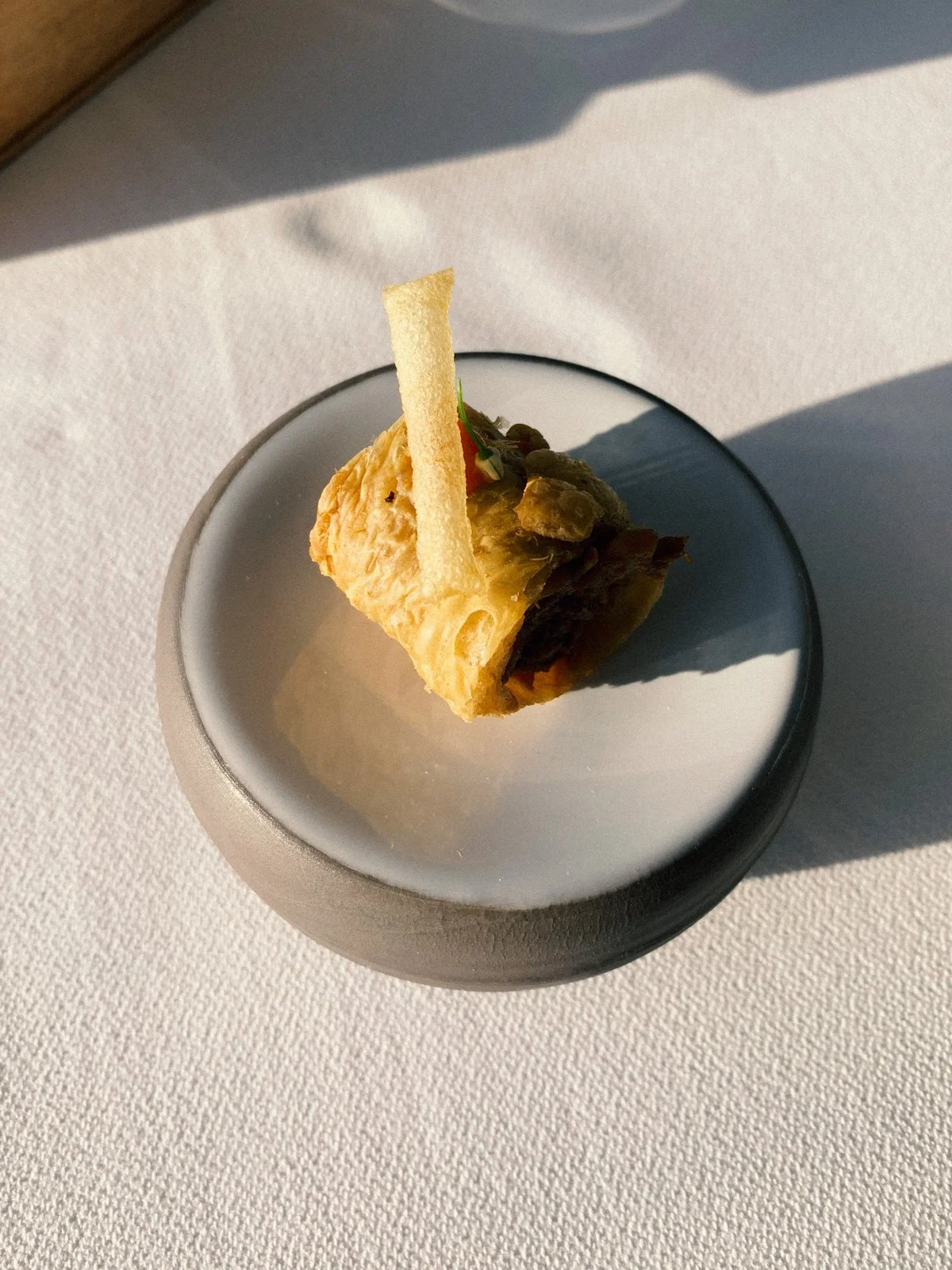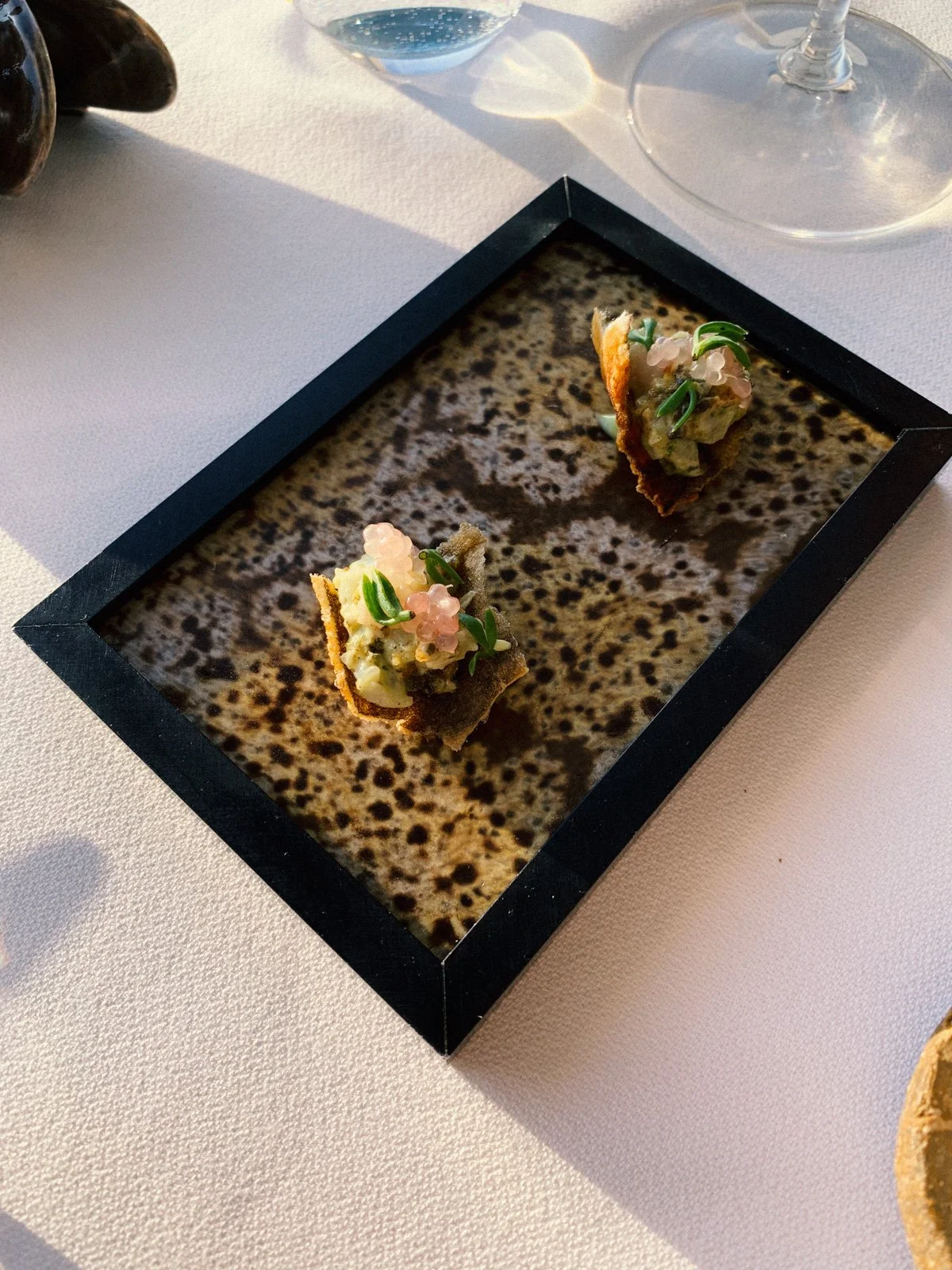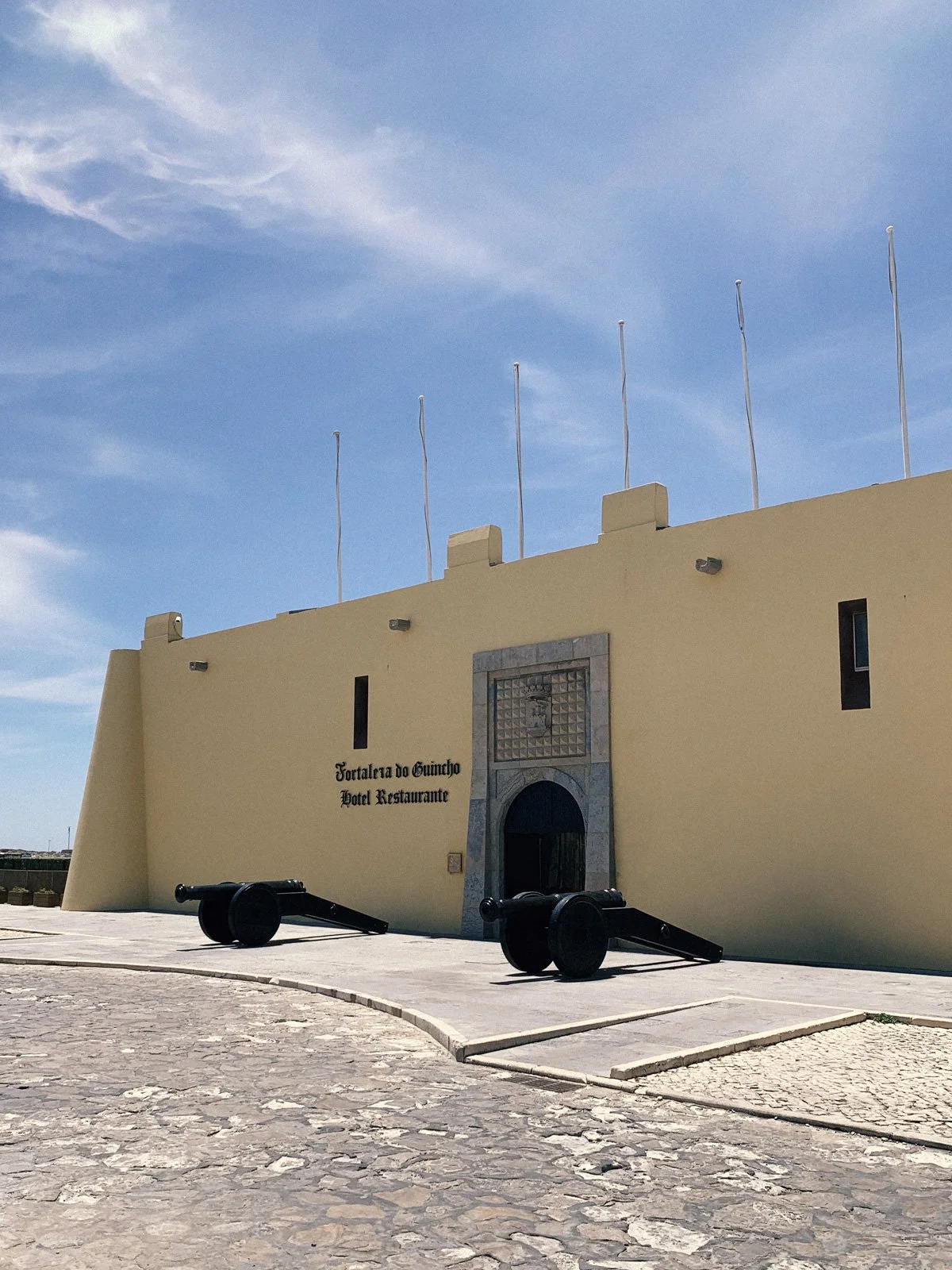Fortaleza do Guincho: a windswept Relais & Châteaux stay above Portugal’s wild Atlantic
The Why – Because it’s a fortress that learned hospitality and kept the view
Fortaleza do Guincho is for travellers who like their romance with edges: sea air that wakes you, stone that holds heat, food that honours the coast. It’s intimate, confident, and gloriously situated. And in a world of templated luxury, it feels built for here.
Arrival – Your first glimpse: stone, surf, and two cannons
Land at Lisbon (LIS), point yourself west, and in roughly 30–35 minutes the city thins to scrub and wind-bent pines. The road breaks out onto the dune belt of the Sintra-Cascais Natural Park; the fortress appears like a stage set on the headland, its granite shoulders squared to the ocean. You enter under a coat of arms and past two stately cannons—a quiet reminder that this was once a coastal defence, now gentled into hospitality. Driving distance from Lisbon Airport is about 37 km; with no traffic it’s a swift 25–30 minutes.
Check-in is low-drama and tactile: stone underfoot, timber and linen, Atlantic light riffling through the lobby. Staff slip you a map—Cabo da Roca lies just up the coast, Cascais town to the east—and point you toward the bar if the wind has made you peckish.
Setting – Edge-of-Europe energy, within the Sintra-Cascais Natural Park
Guincho is not a languid Riviera cove; it’s a muscular one-kilometre crescent of pale sand known for wind and swell—international surf and windsurf competitions return here for good reason. The fortress sits just above it, on a seam of dunes and stone that feels thrillingly exposed yet comfortably buffered once you’re inside. On clear days, Cabo da Roca—the westernmost point of mainland Europe—sharpens the horizon.
This exposure is the magic: summer afternoons can be brisk, mornings glassy. When the northerlies rise, you read, nap, or simply watch the sea redraw itself. When they settle, the beach becomes a blonde runway for long walks and late dips. The park setting has kept development at arm’s length; light pollution is low, stars can surprise you.
Hospitality – Relais & Châteaux polish, Atlantic-calm pace
House culture is intimate—27 keys, so the staff knows your rhythm by day two. Expect 24-hour room service, thoughtful housekeeping, and that old-school habit of remembering your aperitif. Bikes are on hand for a spin to Cascais when the wind behaves; concierge can line up golf, surf lessons, or a nature-forward hike in the dunes.
The hotel’s gastronomic restaurant holds a MICHELIN star in the 2025 Portugal Guide, with Executive Chef Gil Fernandes leading a kitchen that leans into maritime Portugal and local produce. Dinner is theatre with a sense of proportion; lunch catches the room at its brightest, the Atlantic framed like a mural.
The Interiors – Vaults, limestone, terracotta—and windows that drink the sea
Rooms and suites sit behind thick fortress walls, so quiet comes easily. Classic Rooms (ground floor) have small fortress windows and partial beach views—cosy, cocooning, and good when you crave stone-quiet. Superior Rooms upstairs open to the ocean with 25–28 m² of space and either an open or closed balcony/loggia for wind-tuned lounging. Junior Suites (first floor) expand to 33–38 m² with frontal sea views and a little more ceremony at dusk.
Décor reads “heritage with a salt breeze”: vaulted ceilings and terracotta meet crisp whites, nautically simple textiles, and the occasional modern accent. Bathrooms are generous in light; some feature tubs that sit by a window for a long soak after a beach walk. Public spaces stay warm—bar with a hearth, dining room bathed in glass, and terraces that glow at blue hour.
Room inventory at a glance
27 rooms total across categories (including 3 Junior Suites), preserving the intimate scale of the fort.
Classic Room: 20–23 m²; partial beach view via small fortress window.
Superior (open/closed balcony): 25–28 m²; framed Atlantic views; some sleep 2 adults + 1 child.
Junior Suite (open/closed balcony): 33–38 m²; frontal ocean; ideal for longer stays.
Practical comforts: air-con, soundproofing, blackout, desk space, and reliable Wi-Fi (though in thick-walled corners it can soften—part of the fort’s DNA).
History Beneath – From coastal battery to cultivated hideaway
The Guincho coast bristled with forts after Portugal’s Restoration in the 17th century; cannons triangulated to protect the approaches to Lisbon. The present hotel occupies a historic fortification from that era—its posture and parapets still legible on arrival. While the ruined Fort of Guincho proper sits nearby along Praia do Abano, the hotel’s stronghold at Guincho reflects the same defensive lineage and 1600s coastal strategy now transposed into hospitality.
Fast-forward to the late 20th century and a change of purpose: the site evolves into a Relais & Châteaux address with a fine-dining ambition that, in 2001, is recognised by MICHELIN—an accolade the restaurant maintains to this day. The result: a small hotel with a big culinary reputation, and service that carries an old-world cadence without starch.
Mornings – Breakfast rituals and dune walks
Take breakfast facing the Atlantic—fruit, pastries with a Portuguese accent, and eggs that restore faith in hotel breakfasts. Then lace up and step out: Guincho Beach is a couple of minutes away on foot for a brisk walk along the tide line. Coffee back on the loggia when the light is soft; by late morning, take the hotel bikes into Cascais for a slow roll and a pastel de nata in the old town.
If you’re staying longer, pencil in a side trip to Cabo da Roca (about 9–20 km depending on route) for that end-of-Europe feeling, or swing inland to Sintra’s gardens when the crowds thin.

